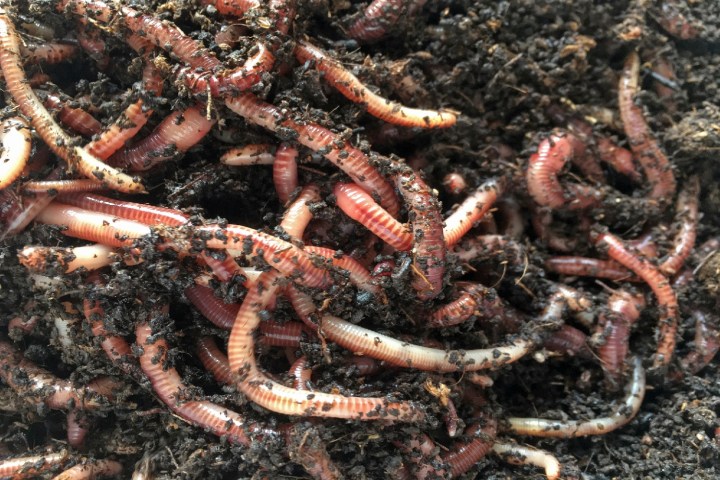
The researchers from Wageningen University & Research Centre used simulated Martian soil developed by NASA for their experiment. They then added rocket or arugula plants, manure fertilizer, and, of course, everyone’s favorite plant-friendly invertebrates. To their surprise, the worms got on well enough that they went on to produce offspring. That turns out to be pretty darn important.
“To bring back the organic matter in the soil, we need worms,” lead researcher and biologist Wieger Wamelink told Digital Trends. “They chew up the organic matter and bring it into the soil, so bacteria can break it down further to bring back nutrients.”
Wamelink said his team’s research began several years ago. In 2013, they began investigating whether or not plants would be able to grow on martian and moon soil. In 2015, they were able to demonstrate the successful growing of plants, including cress, rye, radish, and pea seeds, and managed to germinate them with impressive levels of success. In 2016, they followed this up with 10 crop species, with a goal of getting as big a harvest as possible.
“The result was stunning,” Wamelink said. “We had more green beans than we could handle, tomatoes were growing out of the greenhouse and had to be topped. We also harvested major amounts of potatoes, carrots, rucola [arugula], and garden cress. Only spinach had a disappointing harvest. The crops were tested on heavy metal content, because they are present in the soil, but they all proved safe to eat. At the end, we had the first Mars meal based on the harvested crops.”
The earthworm demonstration is just the latest success story in this project. As Wamelink points out, though, there’s still plenty more work to be done before we set a course for Mars with a few seed packets and a pocketful of worms. For one thing, the effect of cosmic radiation on plant growth has yet to be explored. The team also wants to carry out work on the symbiosis of bacteria, which could capture nitrogen from the air and turn it into manure for plants.
The researchers have yet to publish any papers on the work, but more details about the project and its crowdfunding efforts can be found here.
Editors' Recommendations
- To find evidence of life on Mars, we should look to its moon Phobos
- Time has run out for InSight to bury its heat probe in the Martian soil
- NASA’s InSight lander finally manages to bury its ‘mole’ in martian soil
- Feeding off-world colonies: Leeks and tomatoes can be grown in Martian soil
- Whose name should we etch on the Mars 2020 rover? NASA wants a vote


